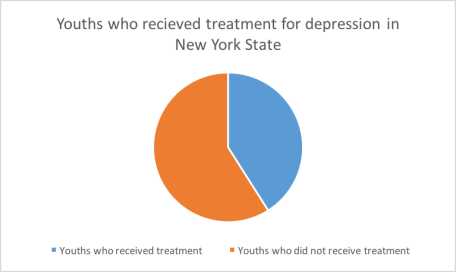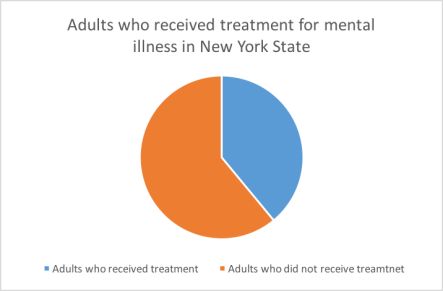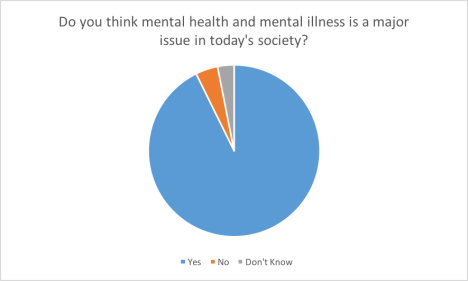The Importance of Understanding and Treating Mental Health
By Matt Ristaino
Mental health. It is a term that generates many different meanings and connotations in today’s society.
For Katherine Cohen-Filipic, an assistant professor of sociology at Ithaca College who specializes in mental health, “mental health is how someone is managing their mental states and how they’re managing their role in society.”
Jacob Parker Carver, a community educator at the Mental Health Association in Tompkins County, said that “mental health means your mind is operating in a way that allows you to live, laugh, and love.”
No matter the definition, mental health is a significant part of a person’s overall well-being, yet it is still misunderstood by many people.
“A lot of efforts are underway [to promote awareness about mental health], but the message isn’t all the way out yet,” said Cohen-Filipic. “There are a lot of people who still need to be reached.”
Mental illness is something that affects many people in the community. According to a 2010 report by the National Alliance on Mental Illness, 673,000 adults and 204,000 children in New York state live with serious mental health conditions.
But those numbers do not tell the whole story. Carver estimates that one in five Americans are suffering from anxiety that is clinically diagnosable, although some people who are suffering might not even know it.
He also says that the vast majority of people with mental illness do not suffer from conditions, such as schizophrenia, that are what the public tends to think of when mental illness comes to mind. Rather, they are dealing with much less visible forms of mental illness, such as anxiety or depression, which are more difficult to identify.
Once a person is aware that they are suffering from a form of mental illness, however, they do not always seek the treatment they need.

Data courtesy of Substance Abuse and Mental Health Services Administration
In 2014, the Substance Abuse and Mental Health Services Administration reported that, in New York state, 59 percent of youths who suffered a major depressive episode, and 61 percent of adults with any form of mental illness, did not receive treatment for their condition.
“It’s sad. It’s tragic,” said Carver. “Most people don’t the help that they need.”

Data courtesy of Substance Abuse and Mental Health Services Administration
The biggest obstacle that prevents people from getting treatment is the stigma that still surrounds mental health.
Cohen-Filipic believes the media plays a large role in perpetuating this stigma. She said that the negative images about mental health that are put forward by the media are the most obvious form of stigma, and that those negative images get internalized by everyone, even by those within mental health providers, and prevent people from seeking the treatment that they need.
Carver knows that this stigma is very evident in today’s society, and he sees examples of it when he is out in the community promoting awareness for mental health.
“People see the words ‘mental health’ on my table and look the other way,” he said. “One time, I was tabling at an event, and I saw someone who has a daughter with whom I had worked with. I waved to her, but she ignored me. She didn’t want to be associated with mental health.”
“Stigma comes from ignorance,” Carver went on to say. “People don’t know what mental health and mental illness is, so they don’t want to be identified with it. [Getting help] shouldn’t be a weird conversation. People should get their resources without being stressed about it.”
Another problem faced by mental health providers is a lack of funding. Carver says that the Mental Health Association in Tompkins County used to be able to offer one-on-one programs for those who are suffering from mental illness, which, in his opinion, were some of the most important services that the center offered. However, they can no longer offer these programs because of budget cuts from the state.
Despite these challenges, progress towards educating the public about mental health and mental illness is being made.

Results of the survey that Ithaca Mental Health conducted
In a survey that Ithaca Mental Health conducted, 87 percent of respondents said that mental health is “very important” to a person’s well-being, and 93 percent said that mental health and mental illness is a major issue in today’s society.
In the 2014 report by the Substance Abuse and Mental Health Services Administration, 80 percent of adults and 85 percent of youths reported improved functioning from treatment received in the public mental health system in New York state.
“It’s gotten better, said Cohen-Filipic. “We need to work with everyone to understand difference and be more accepting. That will apply to understanding and accepting mental health.”